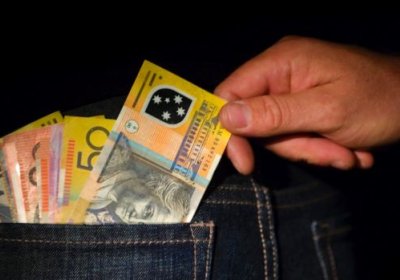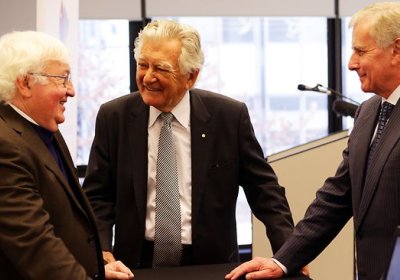I can understand Brian Boyd’s frustration concerning the Superannuation Guarantee Scheme (SGS) in “Superannuation: A Generation Betrayed” (Green Left Weekly #1144 and #1145). The original promise was short on delivery.
He is right to point out the inequity that existed in providing superannuation for workers prior to 1992.






